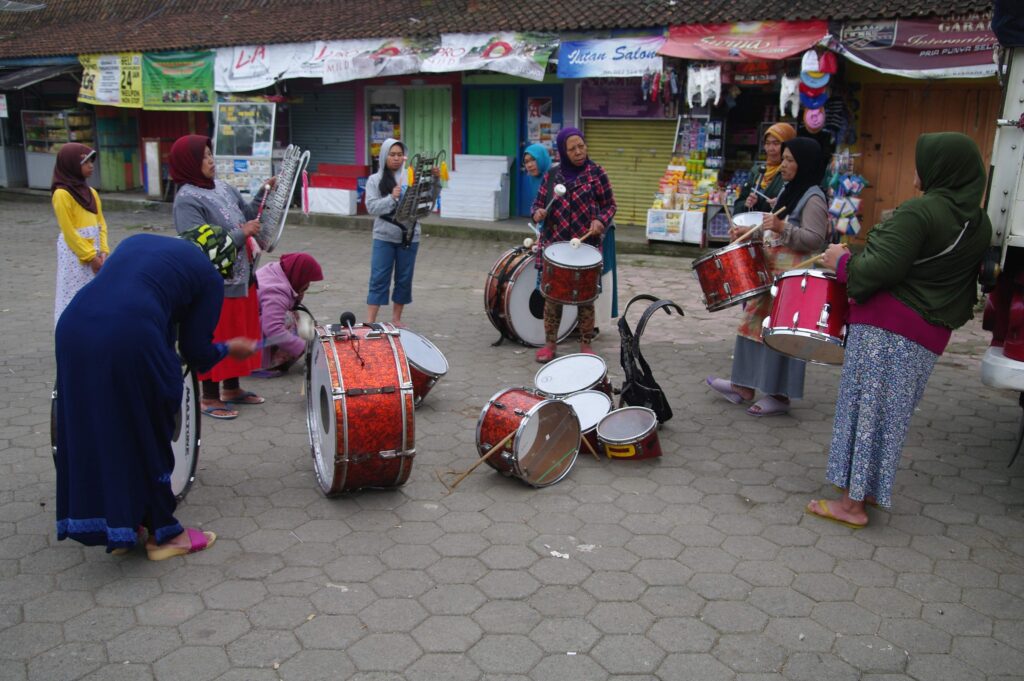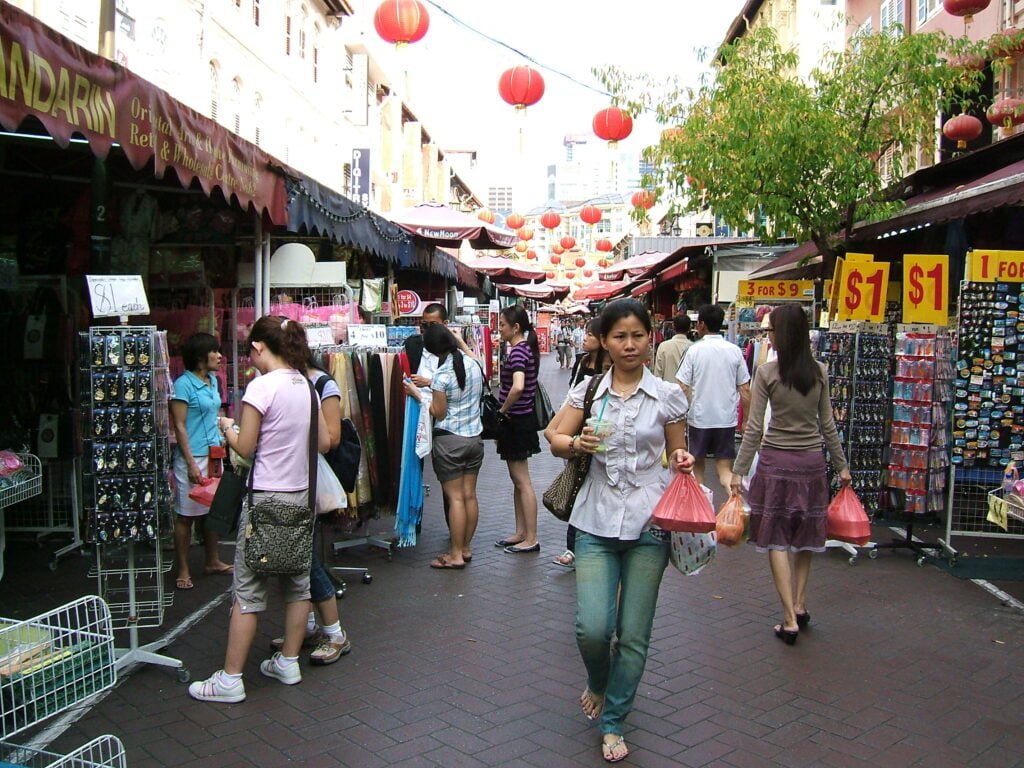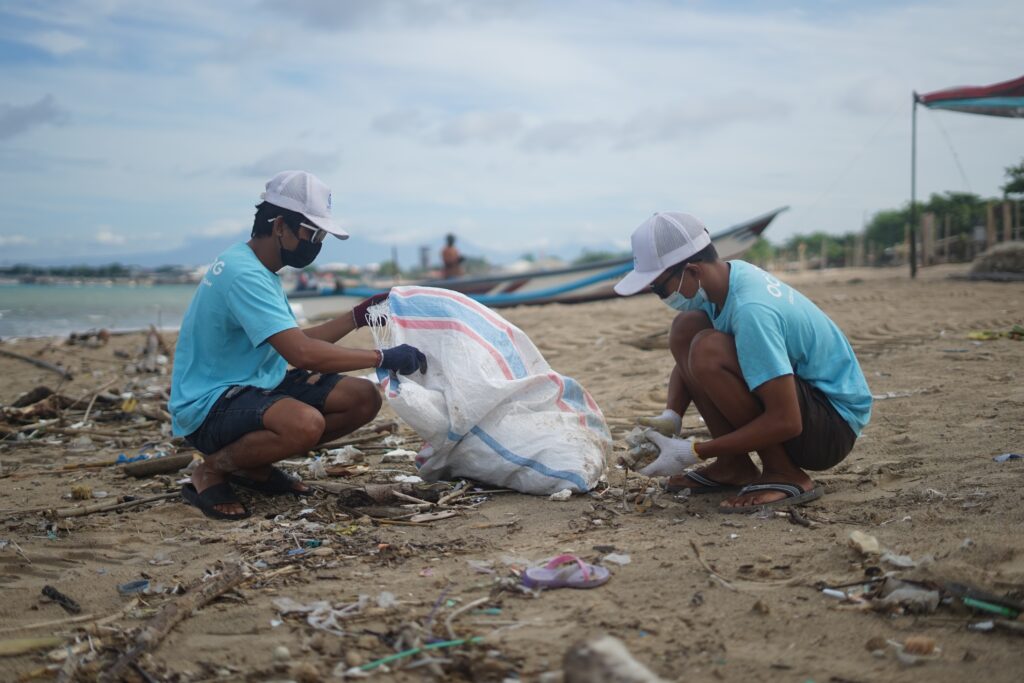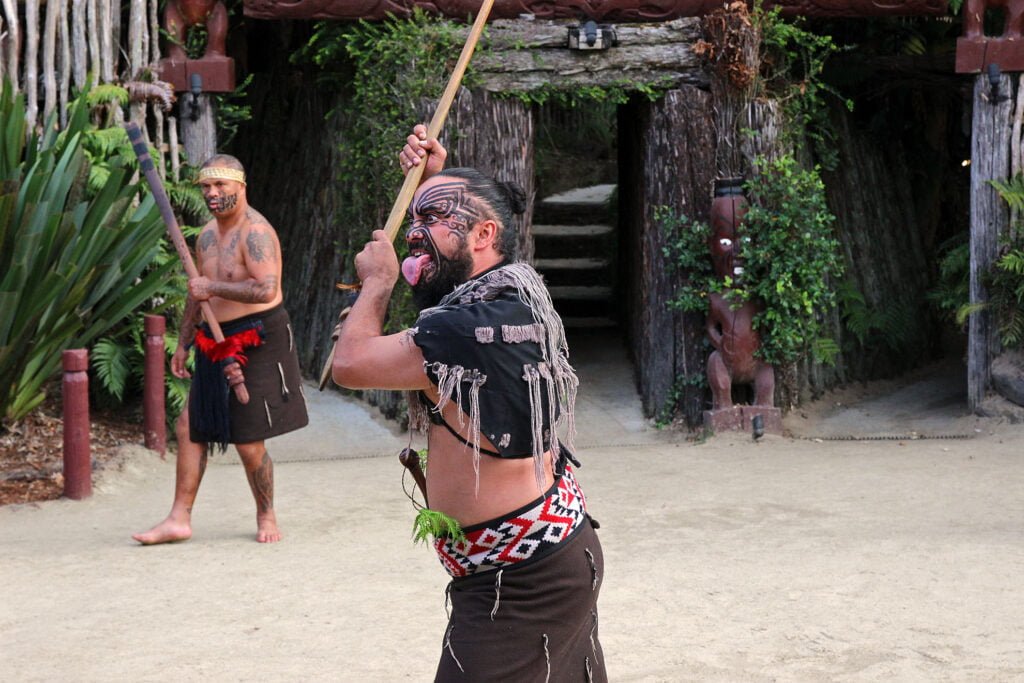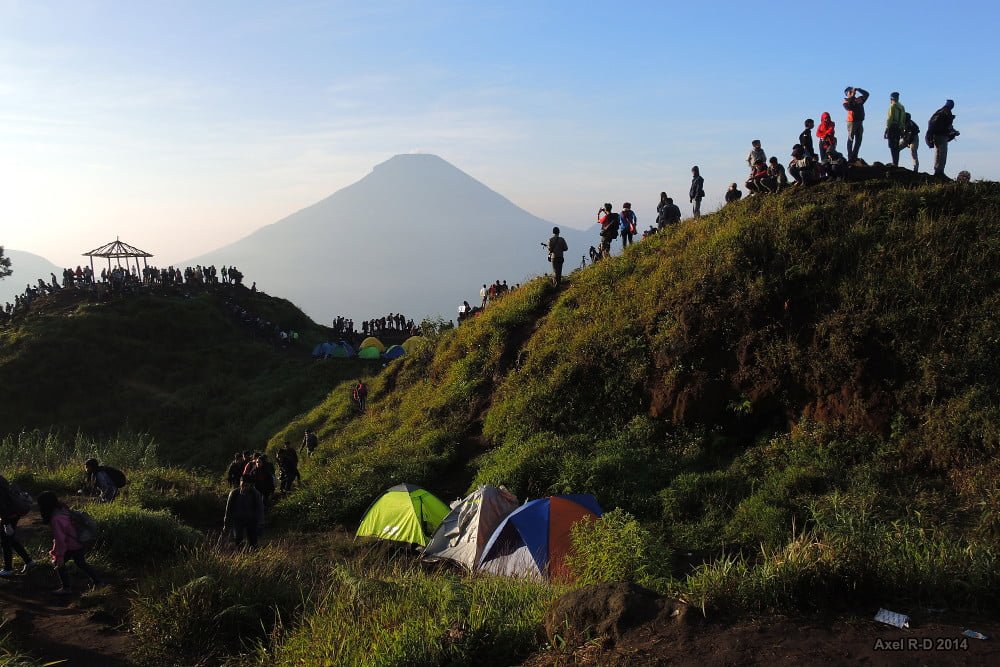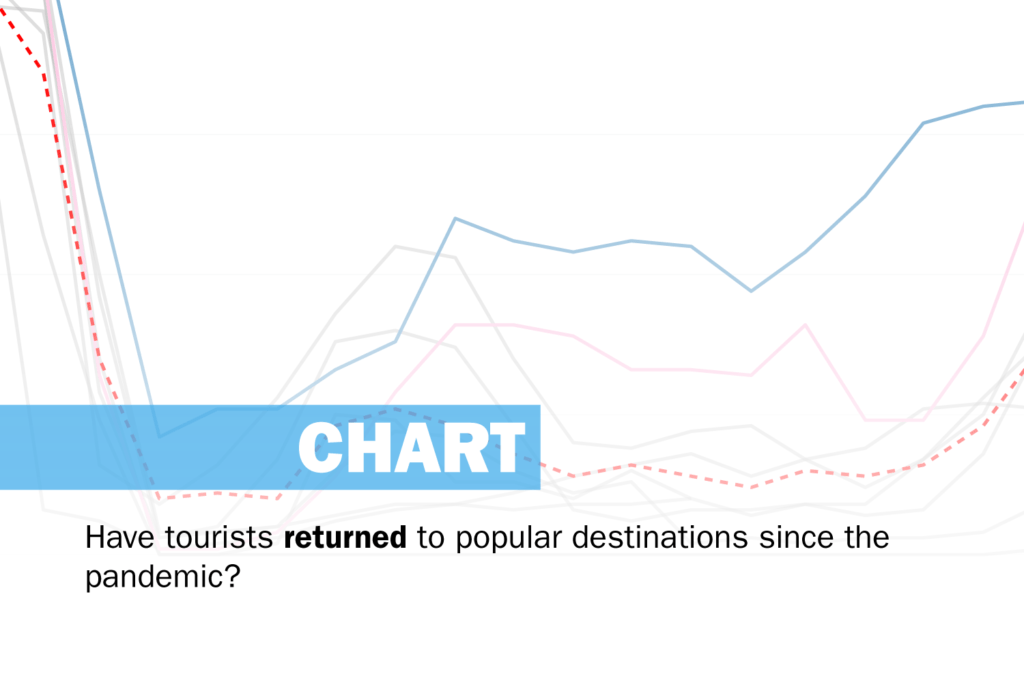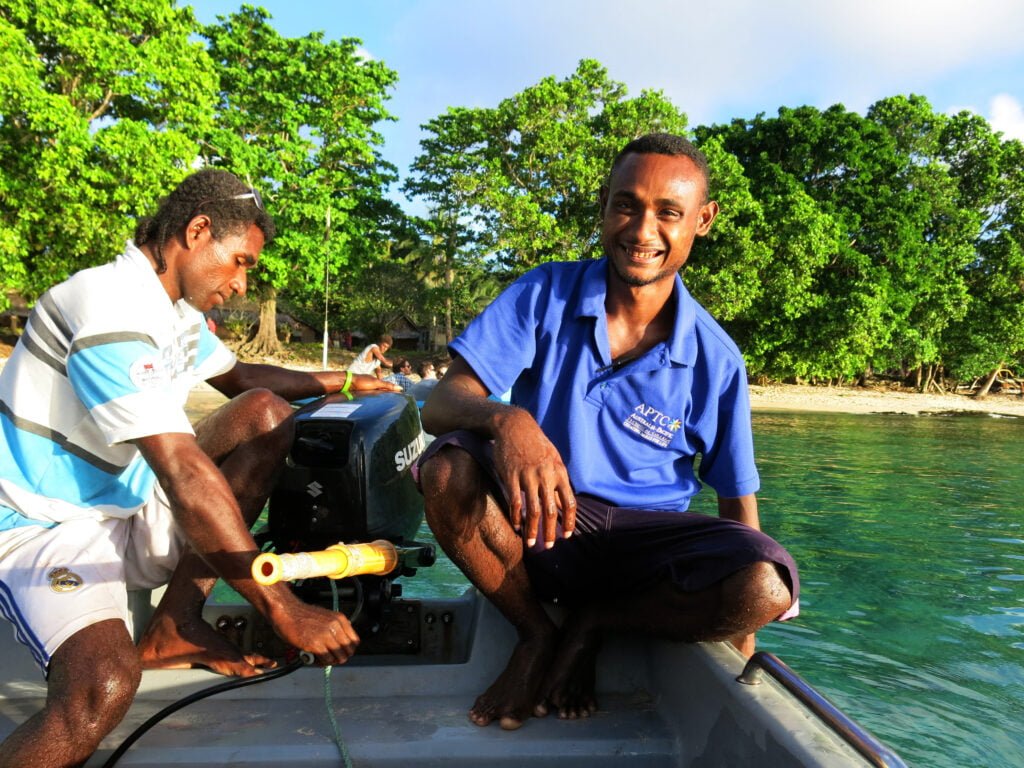While traditional tourism has been the mainstay for many economies, smart tourism is the way forward post-COVID.
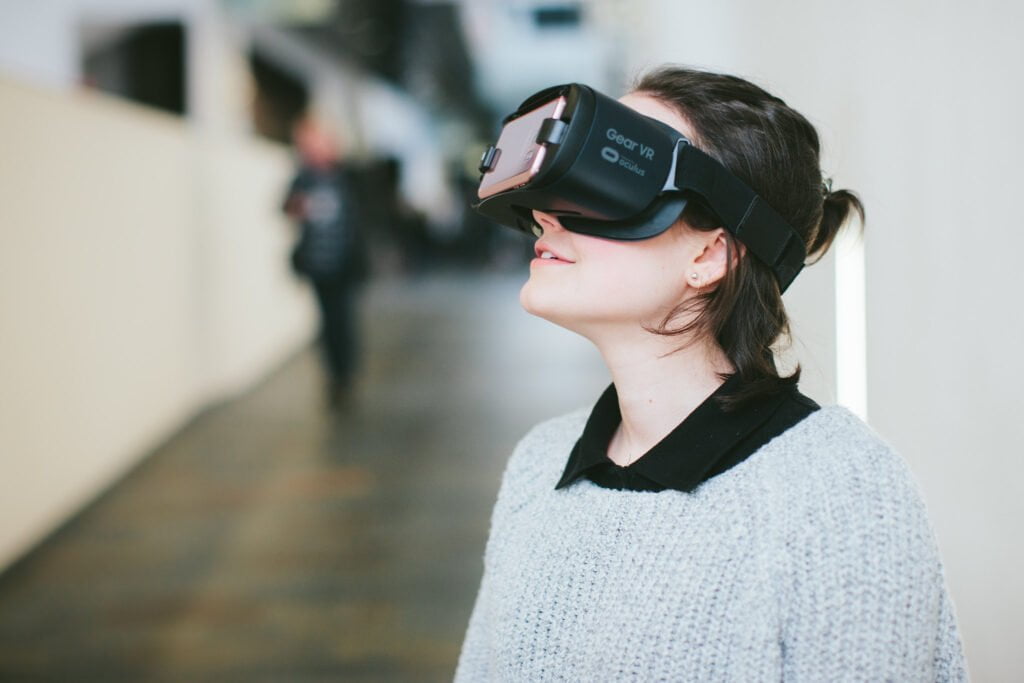 Post-COVID, tourism economies will have to devise new ways for tourists to experience sights and sounds. : ‘Virtual reality’ by Jonas Tana available at https://tinyurl.com/yka3jsn5 CC BY-NC-ND 2.0
Post-COVID, tourism economies will have to devise new ways for tourists to experience sights and sounds. : ‘Virtual reality’ by Jonas Tana available at https://tinyurl.com/yka3jsn5 CC BY-NC-ND 2.0
While traditional tourism has been the mainstay for many economies, smart tourism is the way forward post-COVID.
COVID-19 is an opportunity to rethink tourism for the future — a shift from traditional tourism to adopting futuristic trends in the industry to ensure it’s resilient in future crises.
The pandemic saw a 60 percent decline in international tourism in 2020, affecting millions of jobs, primarily those held by women and those in the informal economy. Global GDP also took a significant hit. The way forward may be through adopting smart tourism and smart destination strategies.
Smart tourism is the evolution of traditional tourism and e-tourism, involving technology-driven innovation and extensive adoption of information and communication technology (ICT) and the internet of things (IoT).
For example, smart ticketing, smart security services, virtual reality tours and robot city guides. Nine European cities — Gothenburg, Malaga, Breda, Ljubljana, Karlsruhe, Helsinki, Lyon, Copenhagen and Linz — have been designated ‘smart tourism destinations’.
Their smart tourism initiatives have improved these cities in ways that include access to infrastructure, transport, facilities and information. They have also focused on sustainability such as sustainable mobility, responsible usage of water and energy, urban planning, better data management for residents and visitors, and innovative local tourism development.
Should large-scale travel and mobility be restricted again, augmented or virtual reality may offer tourists an alternative memorable and unique tourism experience. Greater investment in such digital technologies could have spillover effects on the economic development of these destinations.
Augmented reality (AR) enables information to be superimposed via an interface onto the real world, integrating physical and virtual objects to create enhanced experiences.
AR has been used in visitor attractions such as museums, art galleries, theme parks, and UNESCO sites. One example is the Archeoguide in Olympia, Greece, which has adopted AR to digitally reconstruct Greek heritage ruins.
Digital technologies also allow for human capital development, upgrading the mostly low-skilled jobs that dominate the traditional tourism industry to higher-end jobs. Technological development enhances the innovation and competitiveness of tourism destinations for a more resilient and sustainable future.
Importantly, designing and aligning tourism for digitisation ensures that the tourism destination is sustainable and resilient. Smart solutions and technologies such as IoT, artificial intelligence, big data, AR and blockchain technology allow cities to be more responsive in handling disasters and risks and also mitigate those risks to the tourism sector.
For example, with free WiFi and big data, social networking platforms can provide up-to-date information on areas affected by disaster, disease and risks can flag to the authorities where to direct their resources, and flag to tourists where to avoid.
Tourism is a driving force for local economic development and poverty reduction in both developed and developing economies. In 2019, the travel and tourism sector grew by 3.5 percent, outpacing the global economy’s 2.5 percent growth.
For every job created in tourism, nearly 1.5 additional jobs are created elsewhere to support and sustain the industry. The industry can ill-afford any upheaval.
Despite this, the tourism industry has long been recognised as one of the most vulnerable sectors to crises. Economic shocks, the environmental effects of climate change, political unrest, acts of terrorism, and epidemics are all detrimental to the industry.
For example, the 2003 severe acute respiratory syndrome (SARS) outbreak heavily impacted tourism in Asia. Approximately three million people in the tourism industries in China, Hong Kong, Vietnam, and Singapore lost their jobs, resulting in GDP losses of over US$20 billion.
Full recovery of the industry post-COVID is expected to be a lengthy process, with trends possibly returning to pre-pandemic levels only after 2024.
Saidatulakmal Mohd is associate professor at the School of Social Sciences, Universiti Sains Malaysia. She declares no conflict of interest with the above article.
Originally published under Creative Commons by 360info™.



